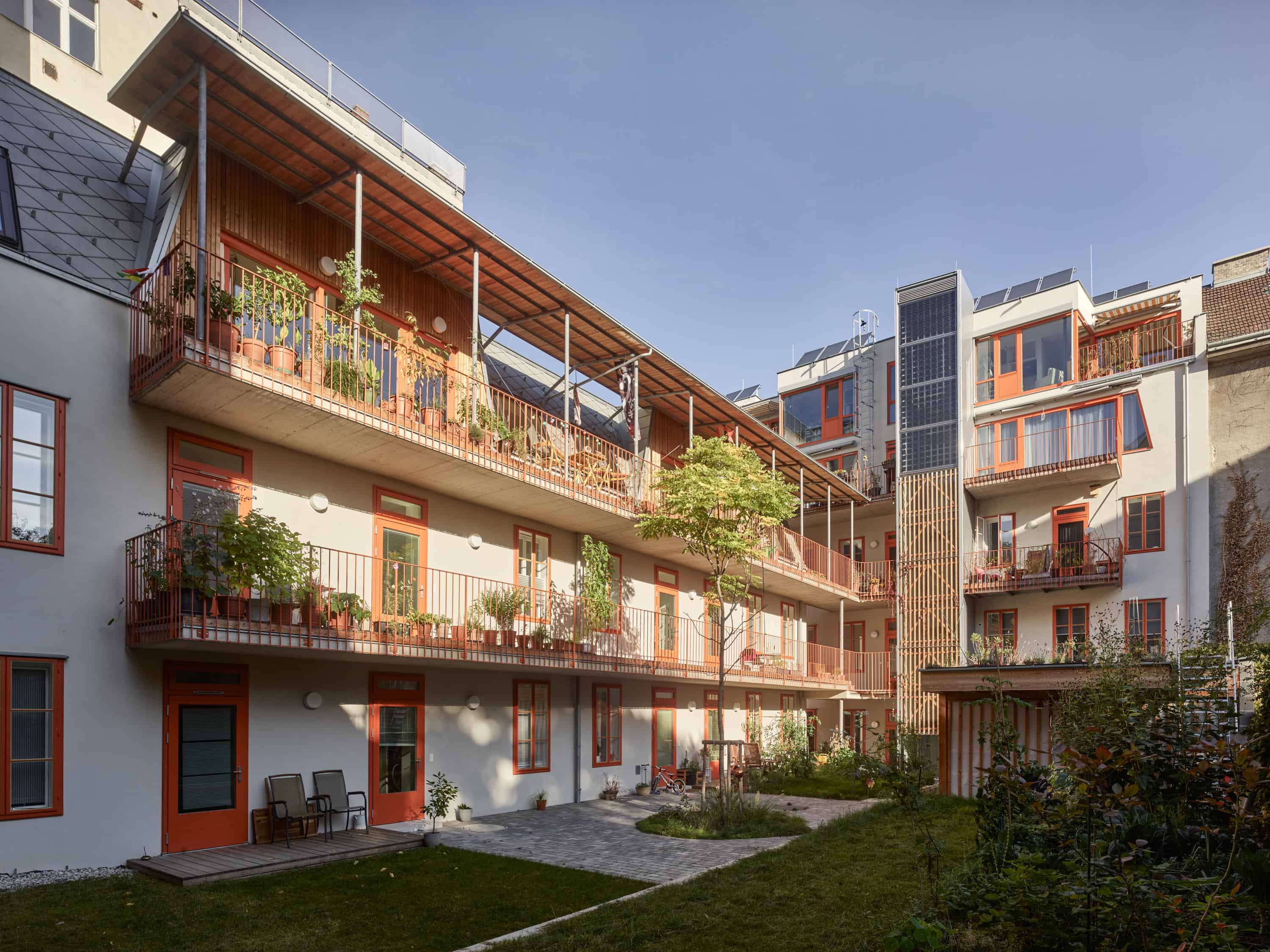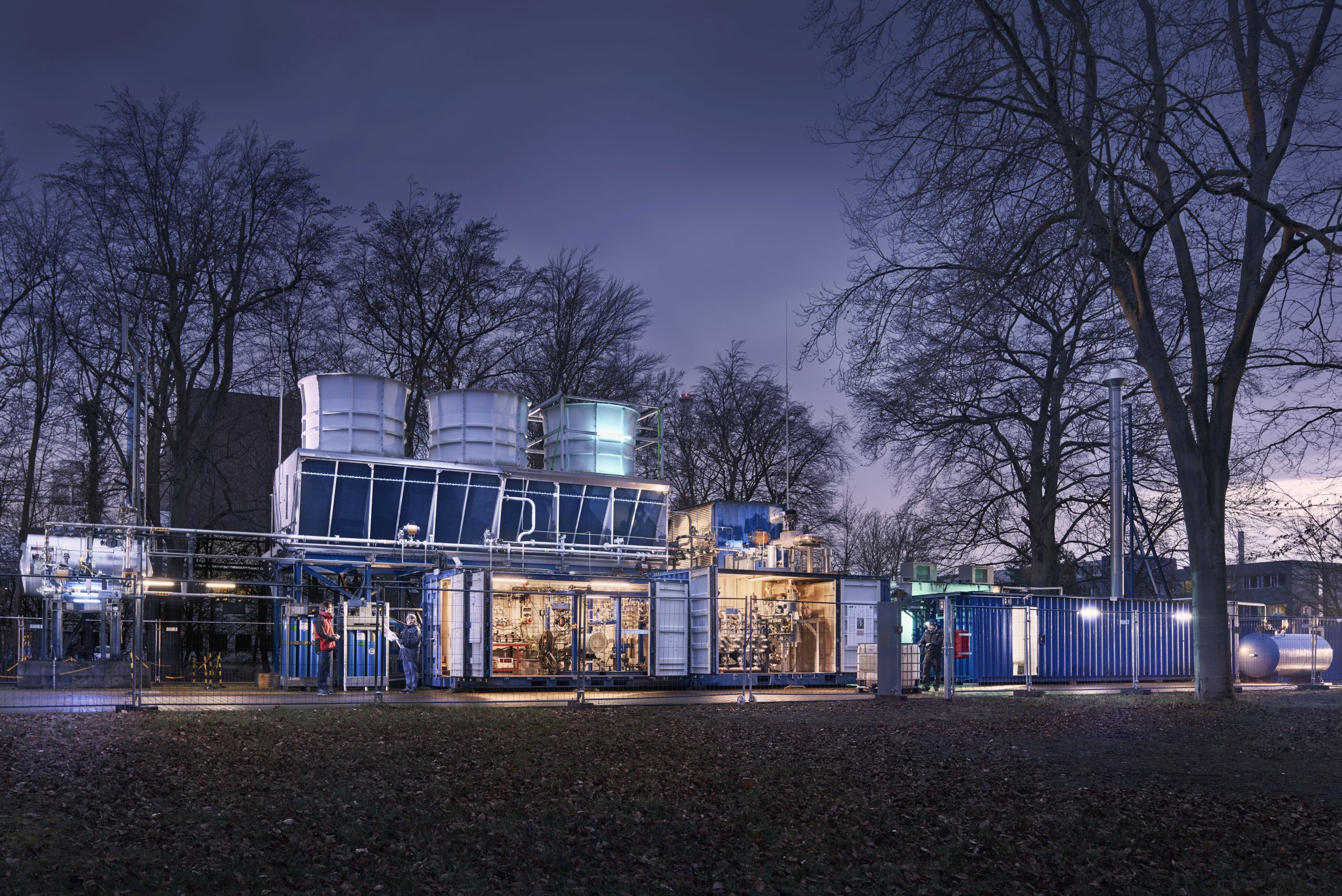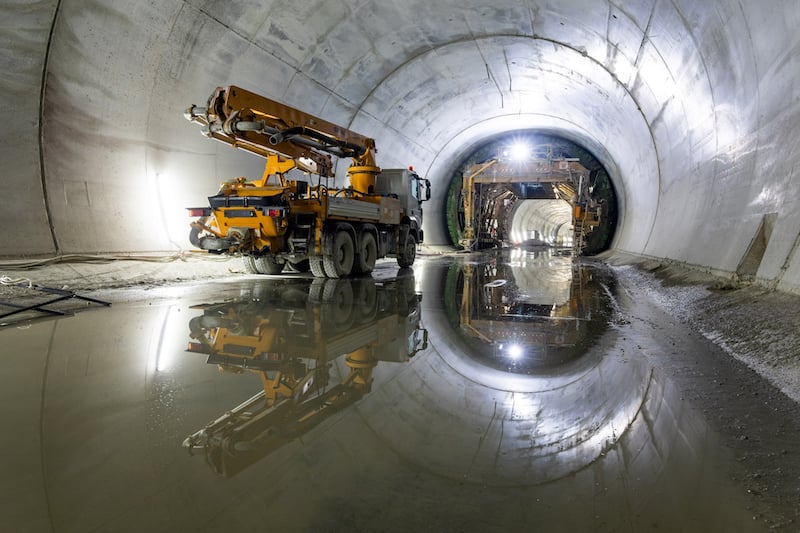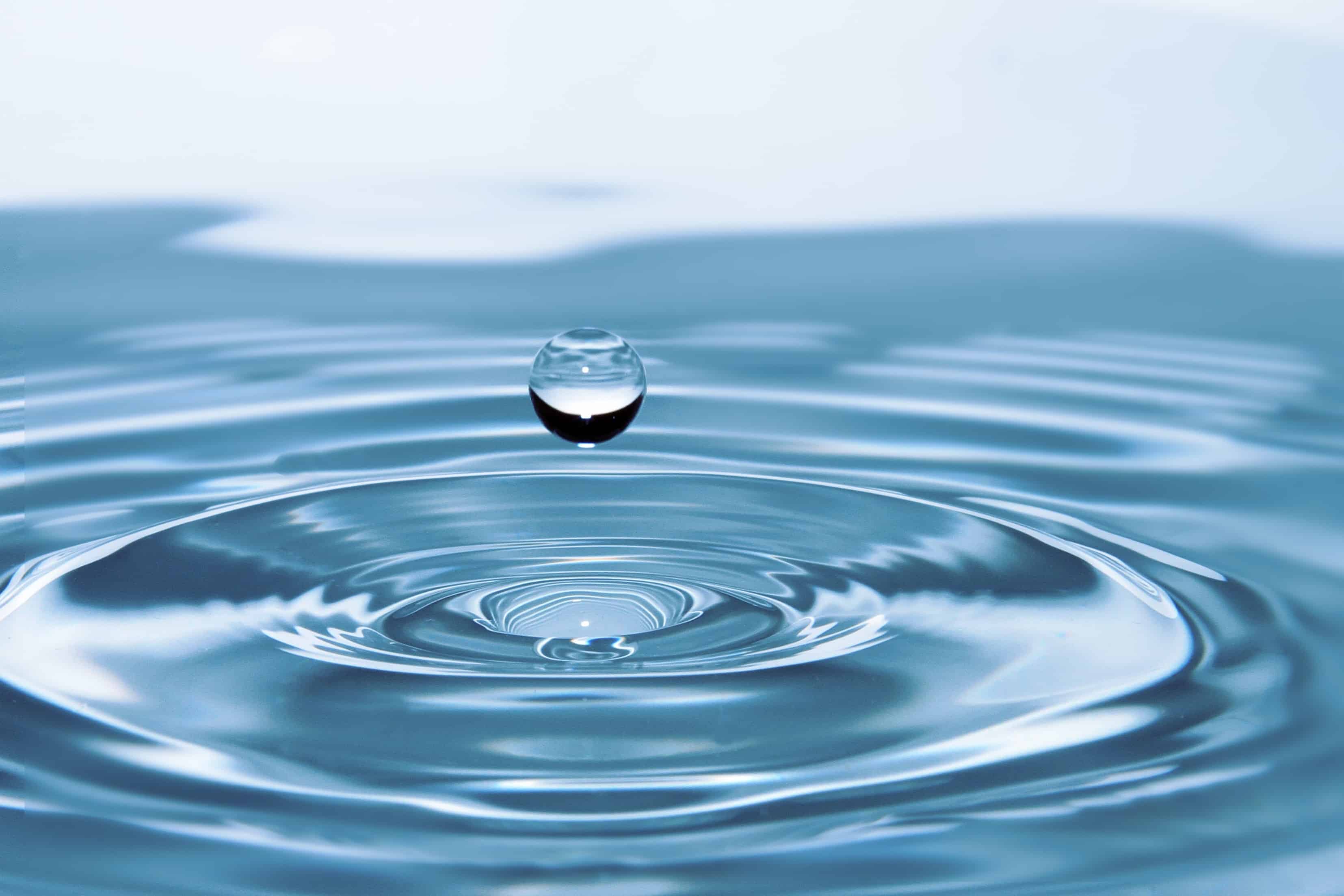
Vienna, a city of 1.9 million inhabitants, has many historic buildings. Around 60 percent of its apartments (400,000) are heated with natural gas. Due to global warming, the demand for cooling is also growing. New solutions are therefore needed to implement the energy transition by 2040. One promising option would be a system of anergy networks, which is already being used in new buildings.
The AnergieUrban1 pilot project is investigating whether and how this system can be retrofitted to existing buildings. This research consortium was commissioned by the Austrian Ministry of the Environment. Research partners were the Vienna University of Technology, the Federal Geological Institute, the Austrian Society for Environment and Technology (ÖGUT) and the architectural firm Zeininger Architekten in the role of consultant.
Anergy networks
Anergy networks – also known as cold local heating or cold district heating – are a promising variant of heat supply that is sustainable and potentially free of greenhouse gases and emissions. Appropriate grids can be powered entirely by renewable energy and can compensate for fluctuating production from wind power and photovoltaic systems. In addition, grid participants can act as prosumers, not only consuming energy but also producing it.
The Vienna pilot project essentially used common components, adapting and combining them in new ways. The result is a system consisting of solar energy, waste heat recovery, and geothermal probes. Intensified use of geothermal energy – as is the case in urban areas – can cause the ground to cool. Therefore, it was necessary to return the heat extracted from the ground in winter to the ground in summer. This is the aspect that makes the city its own radiator. There was also the question of sufficient land availability underground since urban ground is already densely laid with sewer, drinking water, fiber optic, and power lines. This challenge was met in two test areas with differing population densities:
- A 1960s housing estate in the 14th district with a population of around 2,000;
- A Gründerzeit housing block in the 16th district, where 10,000 people live mainly in Gründerzeit houses. The houses in both districts are currently still heated with fossil natural gas.

Heat from geothermal probes
It is specific to anergy networks that they are operated at low temperatures in the range of the ambient temperature, mostly between 10 and 25 degrees Celsius. This allows anergy networks to use heat energy that would otherwise go to waste – as is the case, for example, with geothermal energy and waste heat. The temperatures of these natural or recycled heat energies are too low to produce hot water or heat buildings. Therefore, they are raised to the required level via a heat pump.
In the Vienna pilot project, the anergy was obtained from solar collectors and waste heat from building cooling and then stored in the ground via ground probes. Starting at a depth of 10 meters, the natural heat of the ground in Austria is 10 to 12 degrees Celsius year-round. The geothermal probes are positioned via boreholes at depths of up to 135 meters. There, they are protected with a cement-bentonite mixture and can absorb the ambient heat from the ground via the groundwater. The transfer takes place via a heat exchanger, a plastic tube that is inserted into the borehole in a U-shape.
In summer, the excess heat can be released and stored by means of ground probes; in winter, the heat stored in the ground can be accessed again via the same ground probes.
Equalizing the ground temperature
Since not only geothermal heat is extracted from the ground, but heat is also added, a balanced ground temperature can be ensured on an annual average. But due to global warming and overbuilding, the soil is increasingly overheating. In some places in Vienna, the soil temperature is already 18 degrees, a third above the normal average of 12 degrees. The Viennese research consortium believes that the use of near-surface geothermal energy can also be a strategy to cool the overheated ground.
Land availability in the subsurface
In the course of the pilot project, the first sustainable anergy network was created in a Gründerzeit housing block in Vienna’s 17th district and has become a global showcase for the energy transition. The apartment block consists of 18 houses – and just as many boreholes were required to position the ground probes for collecting, storing, and distributing the anergy energy in the ground.
Detailed analyses of the open areas show that, in principle, there is still sufficient space for borehole heat exchangers even in densely packed urban soil. From a technical point of view, therefore, nothing stands in the way of replacing fossil heating systems, the consortium said in its report. The system could be rolled out in all districts and cities in Austria. But suitable legal regulations are still needed since the analysis of open spaces also included public areas such as sidewalks, parking lots, etc., as well as the public sector. There are currently no plans to use these areas for energy infrastructure. But the city of Vienna is currently working on guidelines regulating the use of public space for geothermal probes.
Geothermal energy that protects the landscape
In addition, the soil is not exploited by the installation of geothermal probes. Compared to other forms of energy generation, geothermal energy is very gentle on the landscape. In addition, strict regulations for the protection of the soil must also be observed. Once the geothermal probes are installed, they can be built over or hidden with humus.
The anergy network is modular and can grow successively, connecting property after property. As such, it actually offers the possibility of using the entire city as a radiator, moving away from isolated thermal solutions in apartments. This is important, since buildings account for about a third of current energy consumption.
Switching to anergy energy
When homes are heated or cooled with anergy energy, the only electricity needed is for the heat pump and water loop pump. One kilowatt-hour of electricity can generate up to six kilowatt-hours of heat. The switch to a solar/geothermal probe/heat pump system would also be economically attractive: according to a full cost comparison, it pays for itself within 20 years for a Viennese Gründerzeit house with gas heating, while the continued use of existing gas heating systems would incur the same costs as the changeover. This means that the conversion to renewable energy would be possible without additional costs. The cooling system would not incur additional costs in the summer, either.
What is special about an anergy network is that it can also supply houses that would not have enough heat sources or storage possibilities on their own, but can be supplied by the network through the surpluses of neighboring houses.
To ensure that the system can be rolled out to other Austrian urban areas, the AnergieUrban Lighthouses project is currently underway. In this project, concrete construction projects are being used to examine which legal, organizational and socio-economic framework conditions must be created to enable the best possible use of geothermal energy in urban areas.
Title photo: The Smart Block in Geblergasse in Vienna – Zeininger Architects (c) Kurt Hoerbst.








